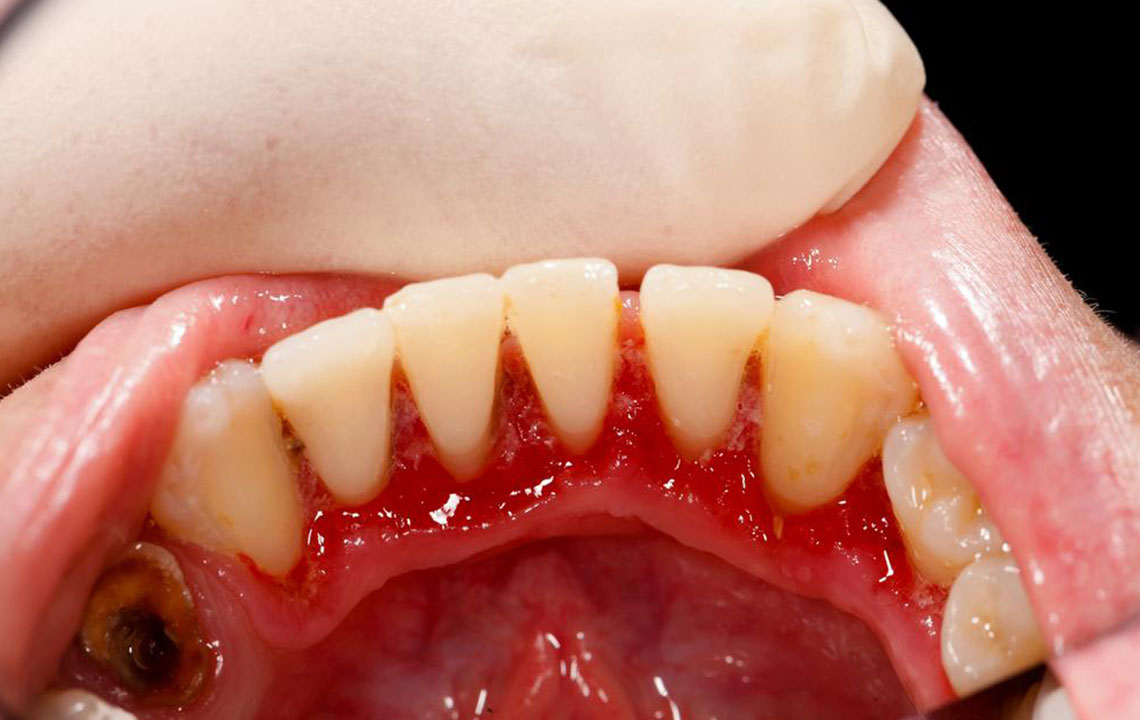Essential Facts About Gum Infection and Its Management
Learn vital information about gum infections, their risk factors, symptoms, stages, and effective treatment options. The article emphasizes good oral hygiene practices, professional dental procedures, and early diagnosis for maintaining healthy gums and preventing tooth loss. Essential for holistic dental health awareness, it aims to guide readers towards better oral care routines and timely intervention to combat gum diseases effectively.

Essential Facts About Gum Infection and Its Management
Understanding Gum Infection
Many individuals face issues related to gum health. Gum infection, known as periodontitis, starts with bacterial accumulation in the mouth, often due to inadequate brushing and flossing. If untreated, it damages the tissues supporting the teeth, leading to bleeding gums, tooth loss, and discomfort during eating.
Here are key details about causes, symptoms, and prevention of gum infections.
Risk Factors for Gum Infection
Poor dental hygiene is the main contributor to gum problems.
Poor oral care, such as irregular brushing, leads to plaque buildup. Additional risk factors include:
Smoking
Older age
Genetic predisposition
Weak immune system
Diabetes
High stress levels
Malnutrition
Early and Advanced Symptoms
Healthy gums are pink, firm, and secure the teeth. Bleeding during brushing or touch may signal disease. Symptoms include:
Initial signs: red, swollen gums and bleeding during cleaning
Progressed signs: bad breath, loose teeth, bad taste, and pus under gums or teeth
Stages of Gum Infection
Understanding these stages aids diagnosis and treatment. The phases are:
Gingivitis – the early stage involving gum inflammation caused by plaque. It is reversible before bone or tissue damage occurs.
Periodontitis – untreated gingivitis leads to damage of supporting bones and fibers. Plaque forms in gum pockets; professional treatment and good hygiene are vital.
Advanced Periodontitis – results in loose teeth, shifting, and biting difficulties.
Diagnosing Gum Infection
Visit a dentist if gums bleed, swell, or are painful during cleaning.
The dentist examines gum health and may order X-rays to assess jawbone and teeth
Management and Treatment of Gum Disease
Good oral hygiene is essential, but sometimes additional treatments are needed. Options include:
Daily Dental Care – Brush twice daily using fluoride toothpaste and floss regularly. Avoid smoking and schedule routine dental check-ups.
Professional Procedures – Scaling, polishing, and root planing help remove plaque and diseased tissue.
Medications – Dentists may prescribe antibiotics or pain relievers to treat infection and reduce discomfort.










